What kind of Foundation do I have?

How to Tell If You Have a Poured Concrete Foundation
About Poured Concrete Foundations
This is a modern poured concrete foundation. When the foundation is built, first the footings are poured, and then after those have set, the walls. You seldom ever see the footings, unless the backfill has not been put in yet, or has washed away. On the inside, the slab rests on top of the footing.
The vertical lines are slightly proud of the wall, and are seams between the forms. The forms are large plywood or other material latched together on the outside and sit on the new footings. The little knobs are tie rods, also known as snap ties. I received a correction from a friend of mine, Architect Brien Tal-Baker of Simple City Studios
regarding my original explanation of these snap ties. "These ties hold the formwork (like plywood) at a consistent distance and to keep them from blowing out during the pour. The reinforcing bar that runs horizontally (left to right in your post) are actually the ones that are used to strengthen the concrete in tension."
Brien also weighed in on some other aspects of the foundation construction process: "Sometimes there are vertical reinforcing bars and sometimes not, and it's most common in tall walls or grouted masonry walls (like a concrete block wall). These are generally not what sticks out of the top of the wall for attaching the sill plate, however. Instead, a j-shaped anchor bolt with a threaded end is placed in the concrete after it is poured but before it cures. A nut is threaded on after the sill plate is in place to hold it down. This is entirely separate from the concrete strengthening system."
The crack you see in the center of the picture is a settling or shrinkage crack. I can't tell by looking which is which! These are quite common, and mostly happen in the first couple of years after pouring & building. They are only a problem if there are a lot of them, they are getting wider than a 1/8", or they are letting water, critters or sand in. Then they need to be treated.
About cracks: This is my favorite story. I was at the Western Mass Home Show in Springfield, MA this spring, and a guy came up to me and started talking concrete. He had worked in the field his whole life. He says, "You know, there are 2 types of concrete!" I thought, "I better look like I know what he's talking about!" He says, "Concrete that has cracked, and concrete that hasn't cracked yet!" We both laughed, and I felt relieved that he wasn't going to give me a hard time for not knowing something important! Now I tell that story all the time.
Now you know! If I ask you what type of foundation you have, this is one of the possible answers!
I
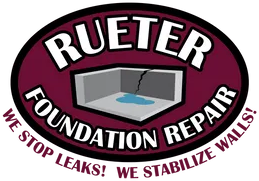
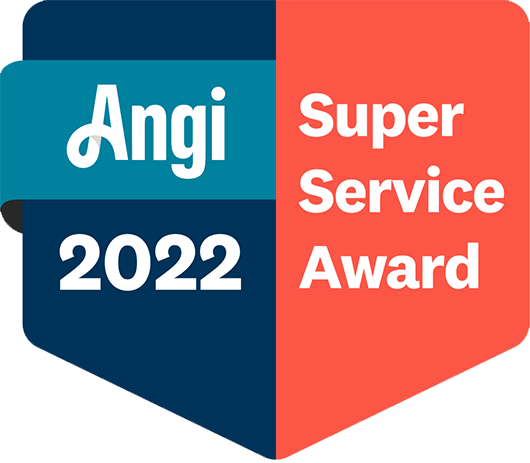



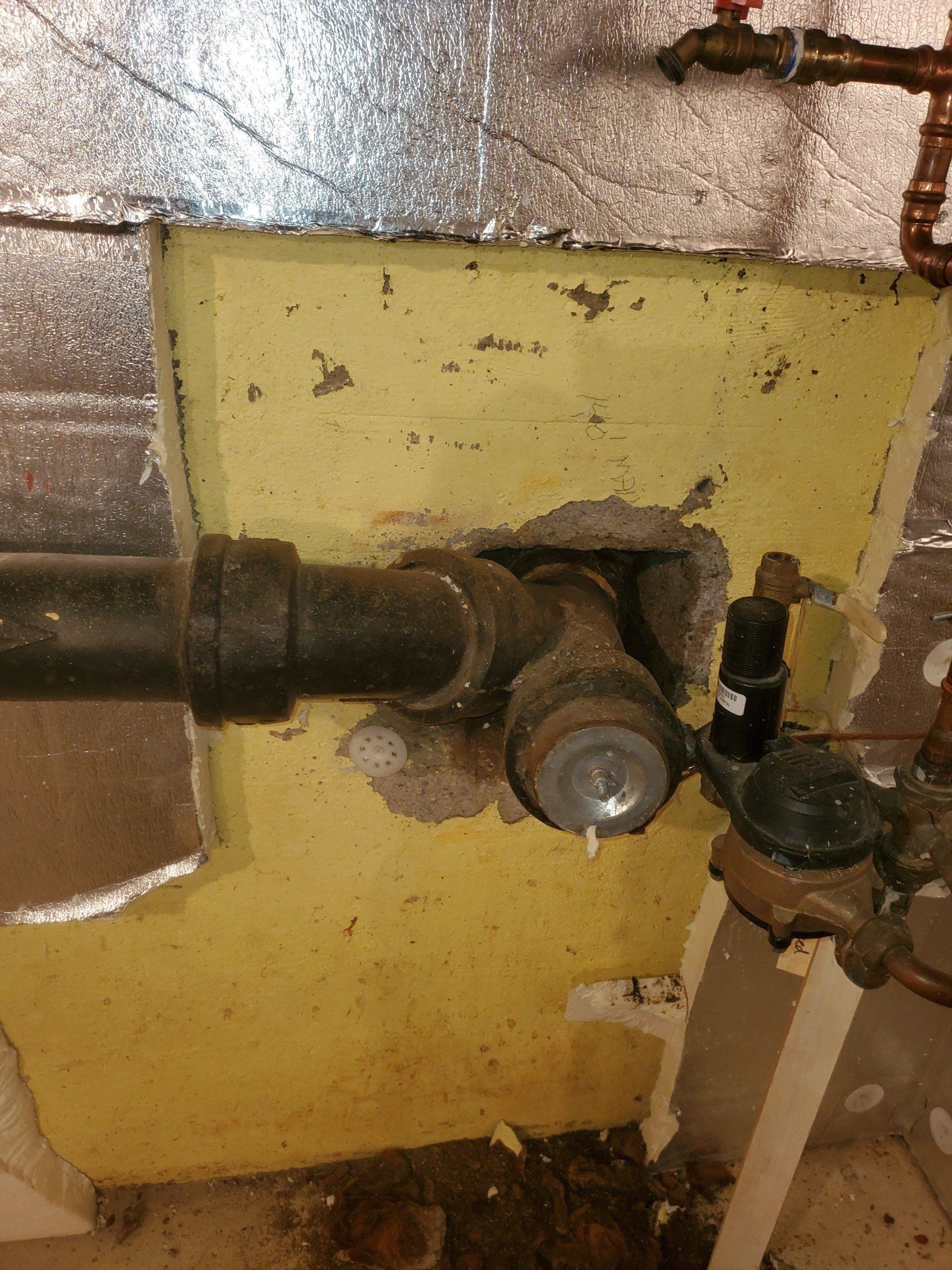

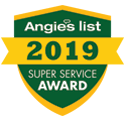
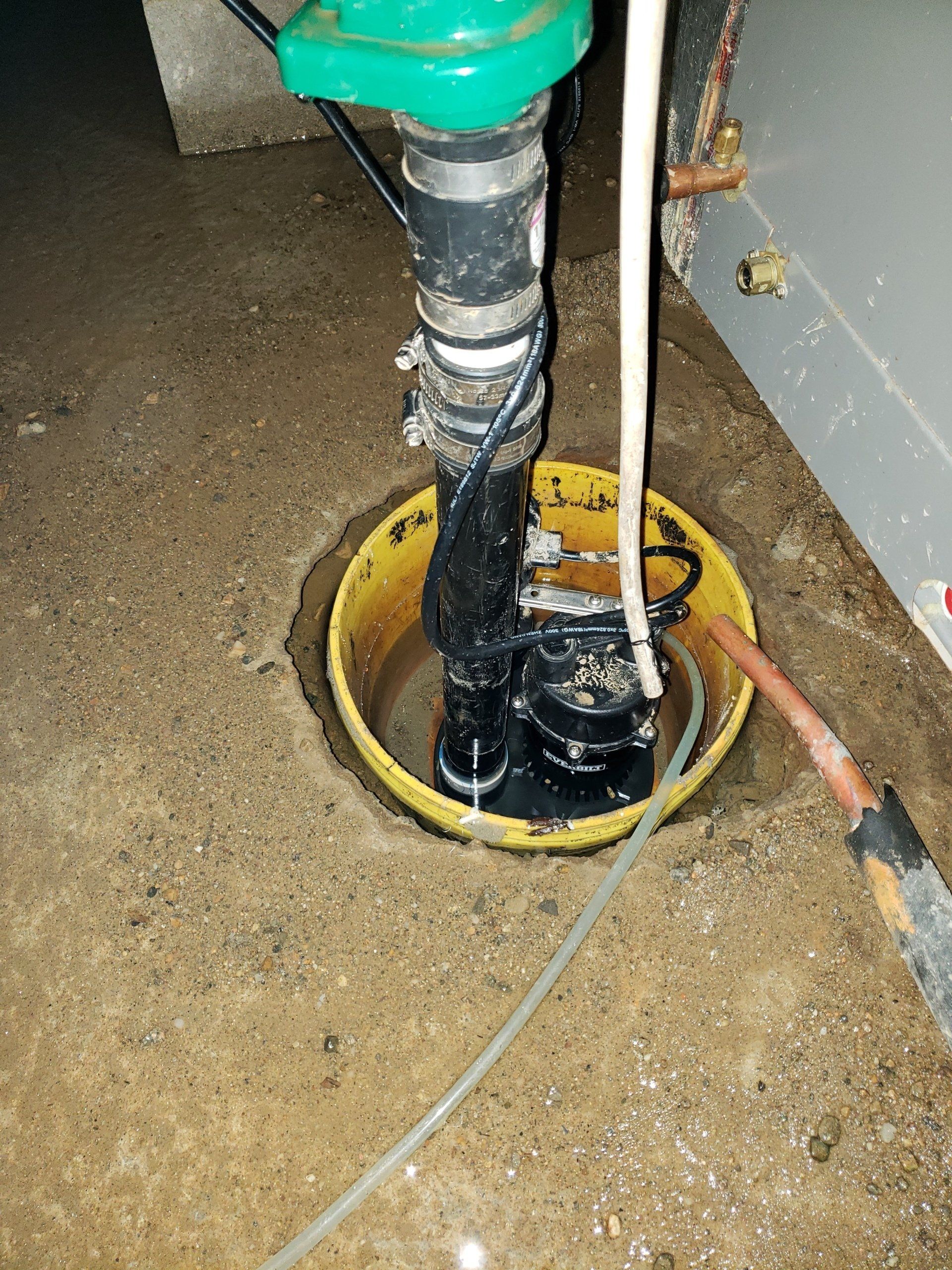
Share On: